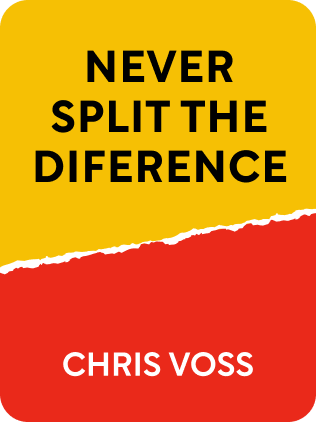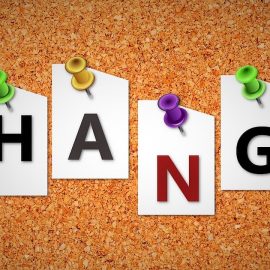

This article is an excerpt from the Shortform book guide to "Never Split the Difference" by Chris Voss and Tahl Raz. Shortform has the world's best summaries and analyses of books you should be reading.
Like this article? Sign up for a free trial here .
Why does Chris Voss advocate getting to “no” in a negotiation? Isn’t getting to “yes” the ultimate goal of any negotiation?
According to Chris Voss, getting to “no” makes your counterpart feel in control. When people say “no” to something, it is a powerful assertion of control.
Keep reading to find out why Chis Voss advocates getting to “no” before getting to “yes.”
Chris Voss: Getting to “No” First
Much of old-school negotiating strategy is premised on the idea of getting to “yes”. t’s easy to understand why this idea holds so much currency. “Yes” would mean that you’ve reached some sort of agreement, that they’ve acceded to your conditions. But as we’ll explore, “yes” is just the very end of the process: and if you push too hard, you’ll only anger and provoke your counterpart or get a false “yes.”
Along the way to yes is a whole series of “nos.” According to Chris Voss, getting to “no” is simply a signpost on the way to yes.
The Weakness of “Yes”
People often say “yes” just to get someone else off their back. They’re not truly agreeing or committing to something, they’re simply trying to end a conversation with someone who’s being too aggressive and domineering.
We’ve all encountered pushy salespeople. They ask a series of questions whose obvious answer is “yes,” in the hopes that they will cut off your escape route to a refusal, compelling you to eventually say yes to whatever they’re selling. But because we’re all so conditioned to these sorts of leading questions, they don’t have their intended impact.
There Are Three Kinds of Yes
- The Counterfeit Yes: saying yes just to get out of the situation. This is what we do with pushy salespeople.
- The Confirmation Yes: an affirmation, but with no commitment to further action. These are usually literal answers to black-and-white, yes-or-no questions. It’s not a lie, but it doesn’t hold the person to anything.
- The Commitment Yes: the real deal, the one you want to hear when you’re negotiating. This means, “Yes, I understand and agree with you and I will commit to doing that.”
Getting to “No”
According to Chris Voss, getting to “no” makes your counterpart feel in control. When we say “no” to something, it is a powerful assertion of control.
To get to “no,” ask your counterpart questions that are designed to prompt negative answers. A clever way to accomplish this is to mislabel your counterpart’s emotions. You don’t want to mis-read them entirely, but go more extreme than what they’re feeling so they draw it back.
Another tactic is to ask what they don’t want. For example, if you’re talking with someone who you know wants to stay in a job, you could say “It seems like you’re really eager to leave your job.” This forces them to correct you and state “No, I’m really committed to staying where I am.”

———End of Preview———
Like what you just read? Read the rest of the world's best book summary and analysis of Chris Voss and Tahl Raz's "Never Split the Difference" at Shortform .
Here's what you'll find in our full Never Split the Difference summary :
- Lessons learned from years as an FBI hostage negotiator
- Why negotiation is about emotional appeals, not rational ones
- The 5 methods for tactical empathy, which gets you what you want by focusing on the other person's feelings






